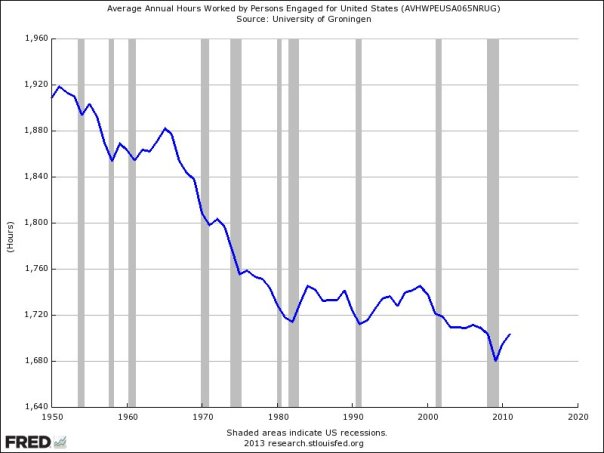 Ah yes, the good old days. How quickly time passes. And I can’t help occasionally browsing through technology looking back. My youngest daughter is in her late twenties now. She can barely remember life before cellphones, and can’t remember life before personal computers or VCRs, because both of those were born before she was. I was talking a grandkid the other day, and she couldn’t conceive of a world before amazon.com.
Ah yes, the good old days. How quickly time passes. And I can’t help occasionally browsing through technology looking back. My youngest daughter is in her late twenties now. She can barely remember life before cellphones, and can’t remember life before personal computers or VCRs, because both of those were born before she was. I was talking a grandkid the other day, and she couldn’t conceive of a world before amazon.com.
Every so often I get reminded how far we’ve come. When I graduated from college in 1970:
- The university had a computer in a basement that took up the space of an SUV and had way less power than an iPhone does now. Computer science students programmed it with perforated cards.
- The dorms had one phone per floor. Long distance calling costs were significant. I was in the Midwest, so I’d call my parents in California once every couple of months.
- We wrote letters. We read letters.
- We used typewriters for every college essay, paper, and assignment. We’d often retype an entire page to correct an error. Sometimes we’d reword things to make the pages end or begin with the correct word so we could insert an additional page.
- Four-function calculators existed, but nobody we knew had one. You could have bought a new low-end car for the price of two four-function calculators.
- I did my sophomore year abroad, and the university sent us from New York to Europe on an ocean liner. That was cheaper than flying.
- We wrote checks when we had to, used cash most of the time, and we got the cash from the bank teller window, not an ATM.
- Credit cards were rare. Our parents had them.
- Television was broadcast over the air. We watched in real time or not at all. We had 5 or 10 channels to choose from.
- When we were driving we listened to the hits on AM radio mostly, or cassette tapes when we could.
And that’s just technology, or a smattering of technology. When I think of social evolution, and environmental deterioration, the end of the cold war, the rise of terrorism, polar ice caps … like we used to say: “far out, man.”
 I will tell you that this is definitely me. I’ve done this all my life. I veer off to a new organization system like a dumb fish following a shiny new lure in the water. And I see other people doing it too, all the time, all around me. You don’t need a new spreadsheet, or to-do list software, or project planning system; you need to use what you have regularly.
I will tell you that this is definitely me. I’ve done this all my life. I veer off to a new organization system like a dumb fish following a shiny new lure in the water. And I see other people doing it too, all the time, all around me. You don’t need a new spreadsheet, or to-do list software, or project planning system; you need to use what you have regularly.

 Have you heard the standard cliche: “Necessity is the Mother of Invention?” In business technology and productivity, in my experience at least, the old standard is reversed: the new truth is that Invention is the Mother of Necessity.”
Have you heard the standard cliche: “Necessity is the Mother of Invention?” In business technology and productivity, in my experience at least, the old standard is reversed: the new truth is that Invention is the Mother of Necessity.”









 Collecting all my blog posts on multiple blogs. I blog in about half a dozen places, usually 5-10 posts per week, more than 3,000 since I started in 2007. You can see where on the sidebar on this blog. But more to the point, I have an automatic collection of all my blog posts, from eight different me-specific RSS feeds. To put this in perspective, from 2008 to 2010 we had somebody at Palo Alto Software doing data entry into a database to keep track of my posts, for business reasons. Now we’ve got the RSS feeds set into the Rebelmouse page … the illustration here shows you a condensed (which explains tear marks) view of my settings for that page, which include RSS feeds to catch just my posts on the various major blogs. (And yes, you can’t read the details there, but I hope you get the idea).
Collecting all my blog posts on multiple blogs. I blog in about half a dozen places, usually 5-10 posts per week, more than 3,000 since I started in 2007. You can see where on the sidebar on this blog. But more to the point, I have an automatic collection of all my blog posts, from eight different me-specific RSS feeds. To put this in perspective, from 2008 to 2010 we had somebody at Palo Alto Software doing data entry into a database to keep track of my posts, for business reasons. Now we’ve got the RSS feeds set into the Rebelmouse page … the illustration here shows you a condensed (which explains tear marks) view of my settings for that page, which include RSS feeds to catch just my posts on the various major blogs. (And yes, you can’t read the details there, but I hope you get the idea).
You must be logged in to post a comment.